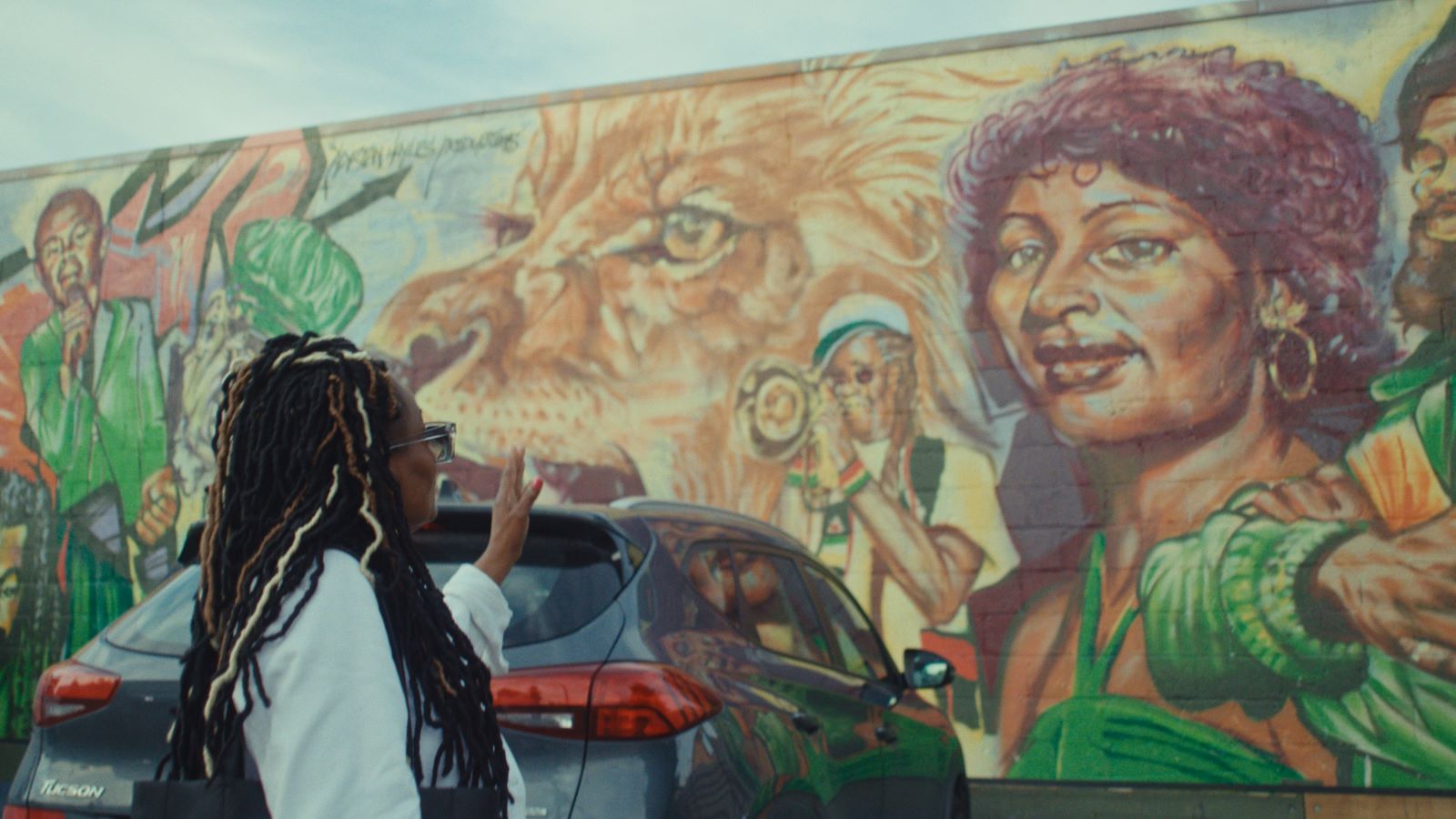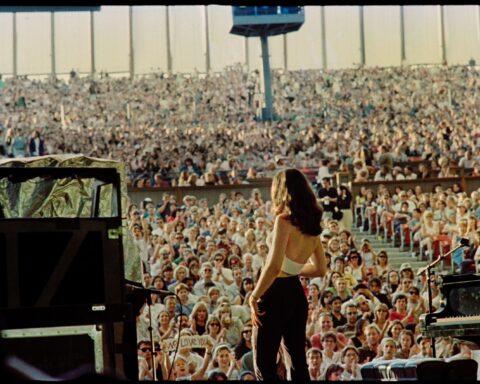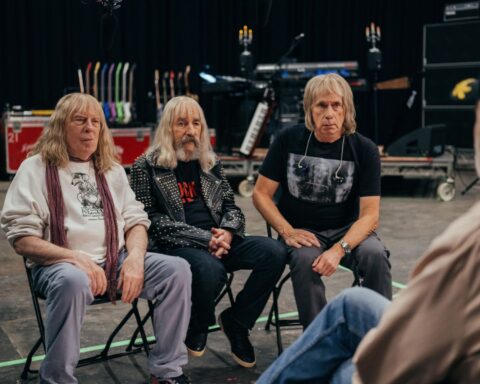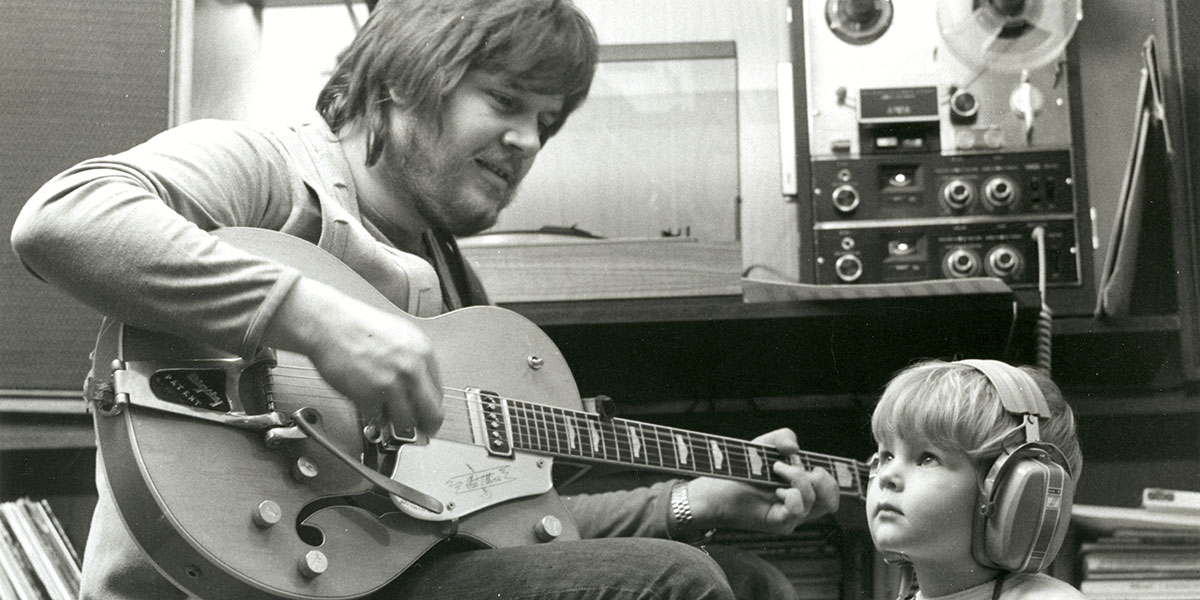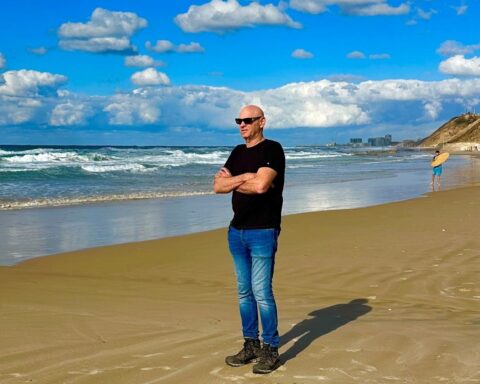Sounds & Pressure: Reggae in a Foreign Land
(Canada 5 episodes x 15-18 min.)
Dir. Graeme Mathieson & Chris Flanagan
Ask someone to pick a needle drop to exemplify “Canadian music,” and you’ll probably get a limited range of responses. The Tragically Hip, Leonard Cohen, Céline Dion, Joni Mitchell, Gordon Lightfoot, and maybe some Alanis Morissette. (But hopefully no Nickelback!) These names probably typify Canadian music to many people in the country, but they illustrate the complexity of trying to imagine the sound of a nation that’s as geographically vast and culturally diverse as Canada. No one sound can encapsulate the nation.
Moreover, as the NFB documentary series Sounds and Pressure smartly illustrates, a multicultural country like Canada inevitably finds its sound through a fusion of genres and voices. Directors Graeme Mathieson and Chris Flanagan explore the roots of reggae in Canada, specifically Toronto, by zeroing in on a handful of distinct voices. Featuring Roy Panton and Yvonne Harrison, Nana McLean, Johnny Osbourne, Leroy Sibbles, and Keith “Jerry” Brown, the series gives each respective artist or duo a unique episode. The episodic nature of the series reminds viewers that a handful of voices can’t speak for everyone. There’s a wealth of other voices to discover, and Sounds and Pressure should inspire viewers to do their own deep dives.
The doc takes audiences from Kingston, Jamaica, to the grimy bustle of Kensington Market, the gentrified corridors of Bathurst Street and Eglinton Avenue, and corners of the city that put the “ska” in Scarborough.
The first episode sees Roy Panton and Yvonne Harrison tell how they first hooked up in Jamaica. The duo recalls how they inspired audiences to sway to the beats. They dive into the cultural and artistic distinctions between ska and reggae. Sounds and Pressures includes a fine glimpse of music history with Panton and Harrison caught on some of the first film images recorded in Kingston.
Cut to the present, though, and the doc finds a sweet love story as the singers offer an intimate glimpse at how they continue to make beautiful music together. Their story evokes the positive spirit of reggae that conjures love through the airwaves with the music’s mellow vibes.
In episode two, Nana McLean, the “queen of reggae” gets mighty political. She minces no words about how badly reggae singers, and Black artists in general, get short changed on Canadian airwaves. She invites the filmmakers to follow her on a tour of Little Jamaica where she points out the locations of all the old record shops. They’re vacant shopfronts in a neighbourhood that seems forgotten.
As McLean tours the neighbourhood, people recognize her as reggae royalty. Her music is only part of her significance to the community. McLean also tells how she helped make reggae accessible by ferrying 45s between Kingston and Toronto. Archival footage shows bustling queues and crowds at McLean’s record shop as music fostered a sense of community among immigrants in Toronto looking to connect with their roots and people who share them.
The subsequent episodes of Sounds and Pressure expand upon the political heft of McLean’s story and the sense of community-building. Johnny Osbourne, Leroy Sibbles, and Keith “Jerry Brown” flip through stacks of records and memories both personal and collective to add facets of the vibrant reggae scene in Toronto. The series smartly touches up the challenges of access, exposure, and opportunity as white people controlled the airwaves, record companies, and marketing dollars. For example, even though reggae had many listeners in Toronto, the genre cracked only one half-hour show weekly in the city—on the Italian CHIN-FM, no less.
Interviewees recall how Black artists found themselves stuck in a cycle perpetuated by stereotypes and the establishment’s self-fulfilling prophecies. But Sounds and Pressure tells how music ultimately brings people together and bridges divides with reggae forming a strong baseline to a community that sustained itself for the long haul. The archival tapestry seamlessly weaves in photos of crowds grooving at concerts with shots of these singers setting the beat.
Sounds and Pressures works as a feature doc if one streams the episodes in succession and, in a way, probably benefits the five stories by bringing them together. Each episode builds upon the themes and political heft of its predecessors, making for a smartly structured work that tackles one vibrant music scene from a multitude of angles. The talking heads approach also honours the voices that play a part in this history. They work as tracks, but play better as an album.
But the best part, of course, is the music. It’s an album worth putting on repeat.




